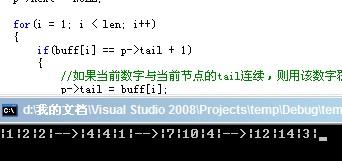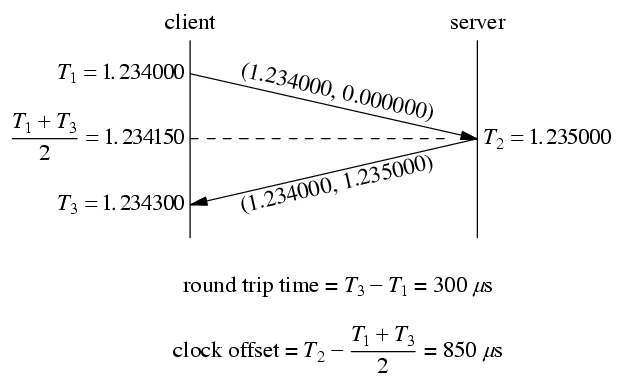1066. Root of AVL Tree (25)
题目链接:http://pat.zju.edu.cn/contests/pat-a-practise/1066题目描述:
An AVL tree is a self-balancing binary search tree. In an AVL tree, the heights of the two child subtrees of any node differ by at most one; if at any time they differ by more than one, rebalancing is done to restore this property. Figures 1-4 illustrate the rotation rules.
Now given a sequence of insertions, you are supposed to tell the root of the resulting AVL tree.
Input Specification:
Each input file contains one test case. For each case, the first line contains a positive integer N (<=20) which is the total number of keys to be inserted. Then N distinct integer keys are given in the next line. All the numbers in a line are separated by a space.
Output Specification:
For each test case, print ythe root of the resulting AVL tree in one line.
Sample Input 1:
5
88 70 61 96 120
Sample Output 1:
70
Sample Input 2:
7
88 70 61 96 120 90 65
Sample Output 2:
88
解题思路:
考查AVL树的构建,可以参考:http://www.cppblog.com/cxiaojia/archive/2013/07/22/187776.html
参考代码:
#include<iostream>
#include<cmath>
using namespace std;
struct TreeNode
{
int value;
TreeNode *left;
TreeNode *right;
int height;
TreeNode(int v):value(v),left(NULL),right(NULL),height(0){}
TreeNode():left(NULL),right(NULL){}
};
int getHeight(TreeNode *t)
{
if(t == NULL) return -1;
else return t->height;
}
int max(int a,int b) {return a>b? a:b;}
//左左
TreeNode *SingleRotateLeft(TreeNode *t2)
{
TreeNode *t1;
t1 = t2->left;
t2->left = t1->right;
t1->right = t2;
t2->height = max(getHeight(t2->left),getHeight(t2->right)) + 1;
t1->height = max(getHeight(t1->left),getHeight(t1->right)) + 1;
return t1;
}
//右右
TreeNode *SingleRotateRight(TreeNode *t2)
{
TreeNode *t1;
t1 = t2->right;
t2->right = t1->left;
t1->left = t2;
t2->height = max(getHeight(t2->left),getHeight(t2->right)) + 1;
t1->height = max(getHeight(t1->left),getHeight(t1->right)) + 1;
return t1;
}
//左右
TreeNode * DoubleRotateLR(TreeNode *t3)
{
t3->left = SingleRotateRight(t3->left);
return SingleRotateLeft(t3);
}
//右左
TreeNode * DoubleRotateRL(TreeNode *t3)
{
t3->right = SingleRotateLeft(t3->right);
return SingleRotateRight(t3);
}
bool isBalanced(TreeNode *left,TreeNode *right)
{
return abs(getHeight(left) - getHeight(right)) < 2;
}
TreeNode* insert(int v, TreeNode *root)
{
if(root == NULL)
{
root = new TreeNode(v);
return root;
}
if(v > root->value) //节点插入在右子树中
{
root->right = insert(v,root->right);
if(!isBalanced(root->left,root->right)){
if(v > root->right->value)
root = SingleRotateRight(root);
else
root = DoubleRotateRL(root);
}
}else{
root->left = insert(v,root->left);
if(!isBalanced(root->left,root->right)){
if(v < root->left->value)
root = SingleRotateLeft(root);
else
root = DoubleRotateLR(root);
}
}
root->height = max(getHeight(root->left),getHeight(root->right)) + 1;
return root;
}
int main()
{
int n;
while(cin>>n)
{
int t;
TreeNode *root = NULL;
for(int i=0; i<n; i++)
{
cin>>t;
root = insert(t,root);
}
cout<<root->value<<endl;
}
return 0;
}
补充:软件开发 , C++ ,




